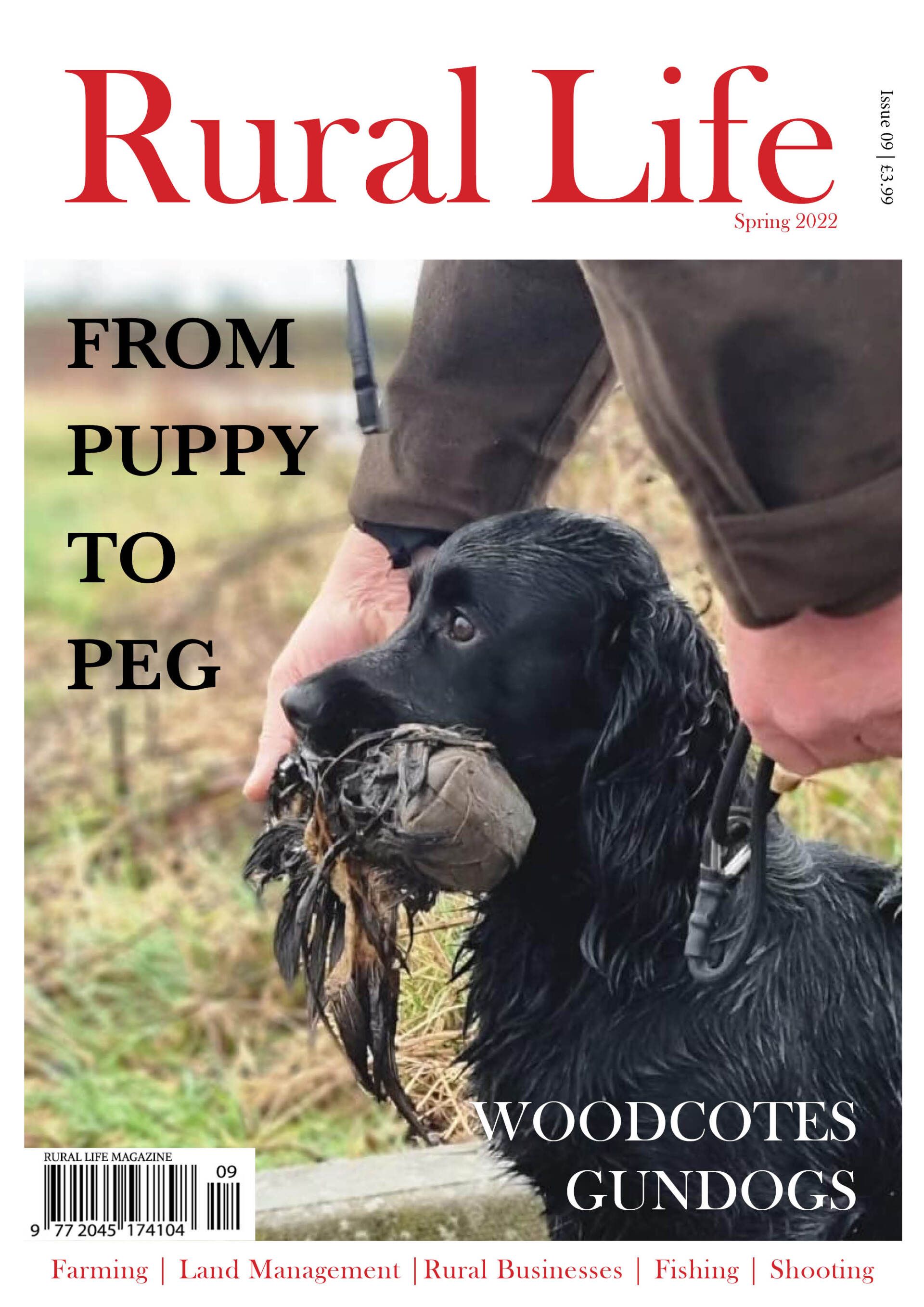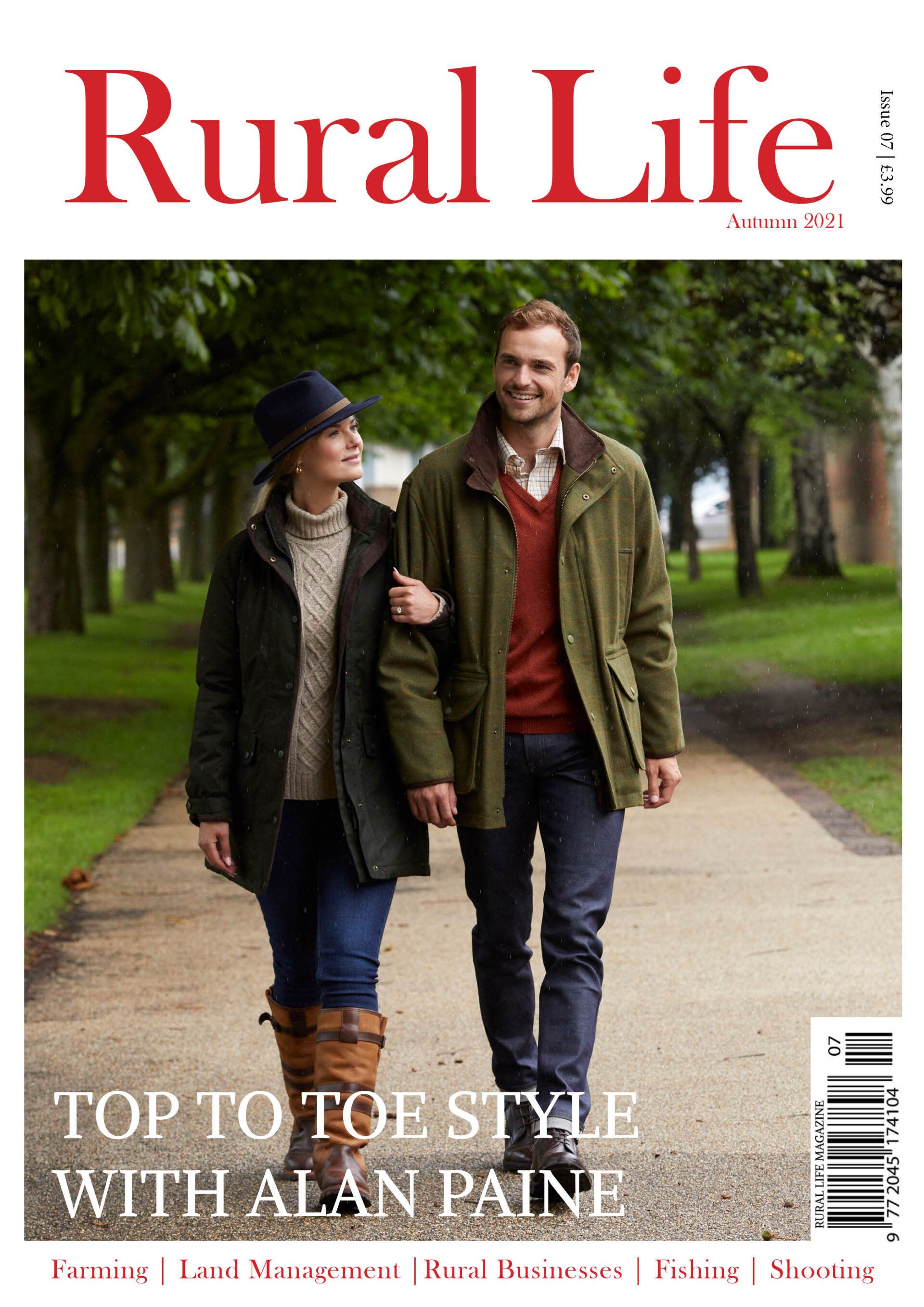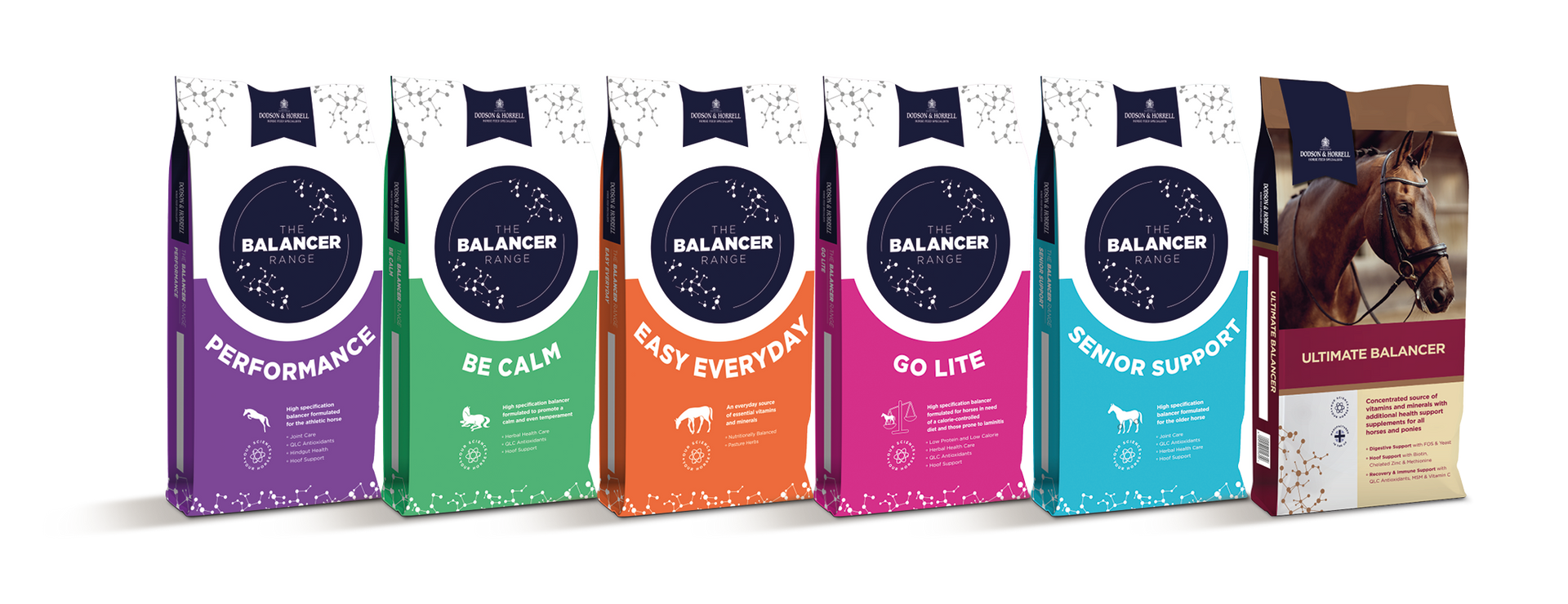Spring Feeding and Preventing Laminitis
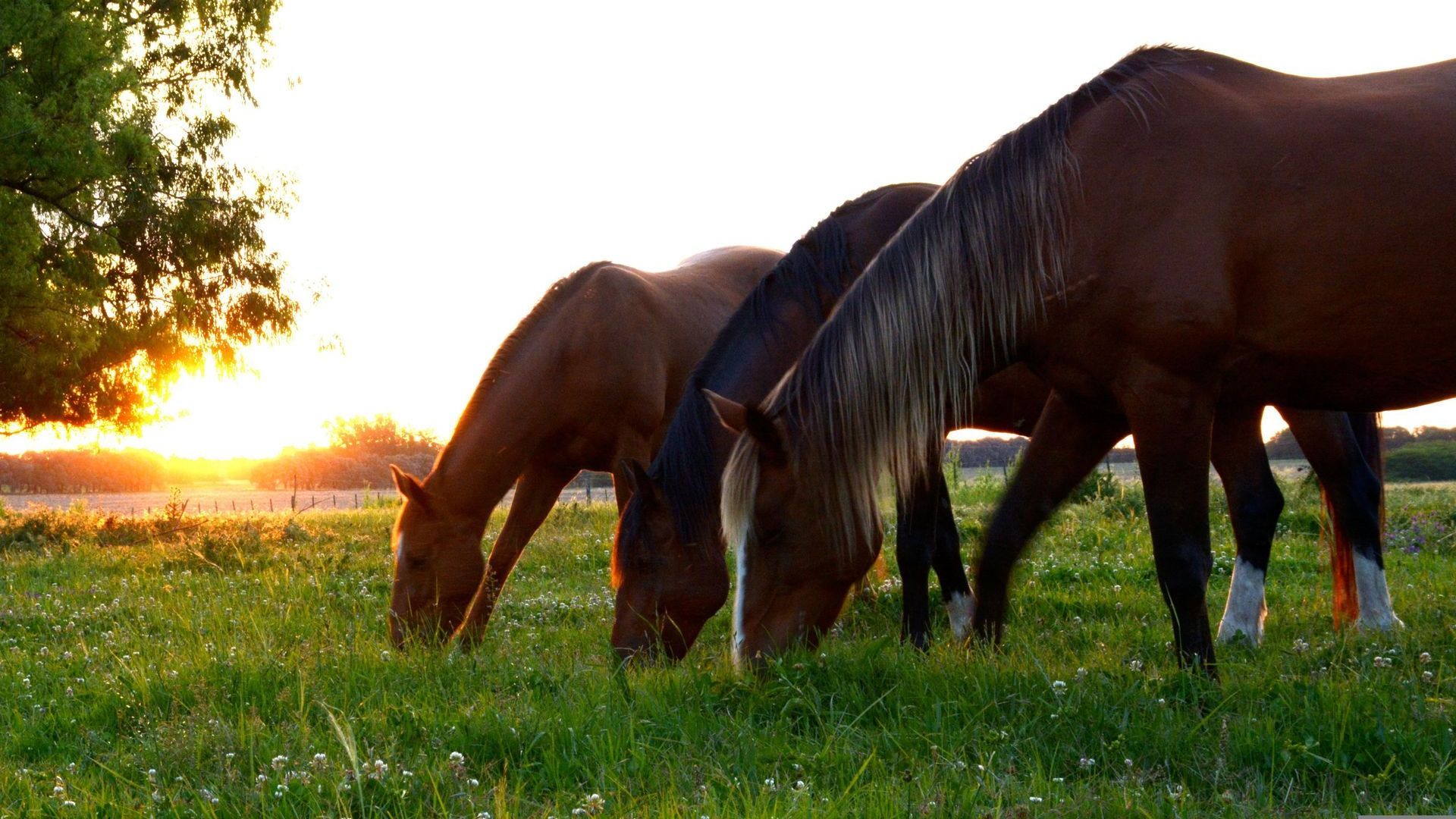
Here Comes the Spring
Longer days is one of the benefits of the arrival of spring; the change in season comes with some necessary changes in feeding and routine to support the health of our horses. An influx of grass can be a relief for some but a hinderance for other horse owners. If you have a horse that needs some extra help with body condition this is the time of year they thrive. For those that tend to be overweight or gain weight very easily, it can be a tricky balancing act. Trying to keep fibre intake up to support digestive function but also keep calorie intake moderate to maintain a nice trim waistline can be difficult. It is with this in mind that we encourage a proactive approach to feeding to allow for a smooth transition from winter to spring.
For those with laminitis-prone horses, the thought of coming into spring with an influx of grass can be daunting, but it can be easily managed with a suitable plan in place. The main feeding factors to consider are keeping the starch and sugar low in the overall diet (consider overall volumes as well as percentages), choosing a suitable forage as well as appropriate turnout. Planning ahead for these horses is the best tactic to help reduce the risk of a laminitic episode.
Consider body condition
Body condition scoring can be a great visual tool to help support maintaining a healthy body weight, whether that be for a good doer or a leaner horse. An active approach to weight management is far more effective than dealing with unwanted weight gain or weight loss once it has happened.
Body condition scoring every 2-4 weeks, alongside using a weigh tape, gives an easy and convenient way of doing this. For more information on condition scoring and using a weigh tape visit the helping your horse reach the right weight guide on the Dodson & Horrell website.
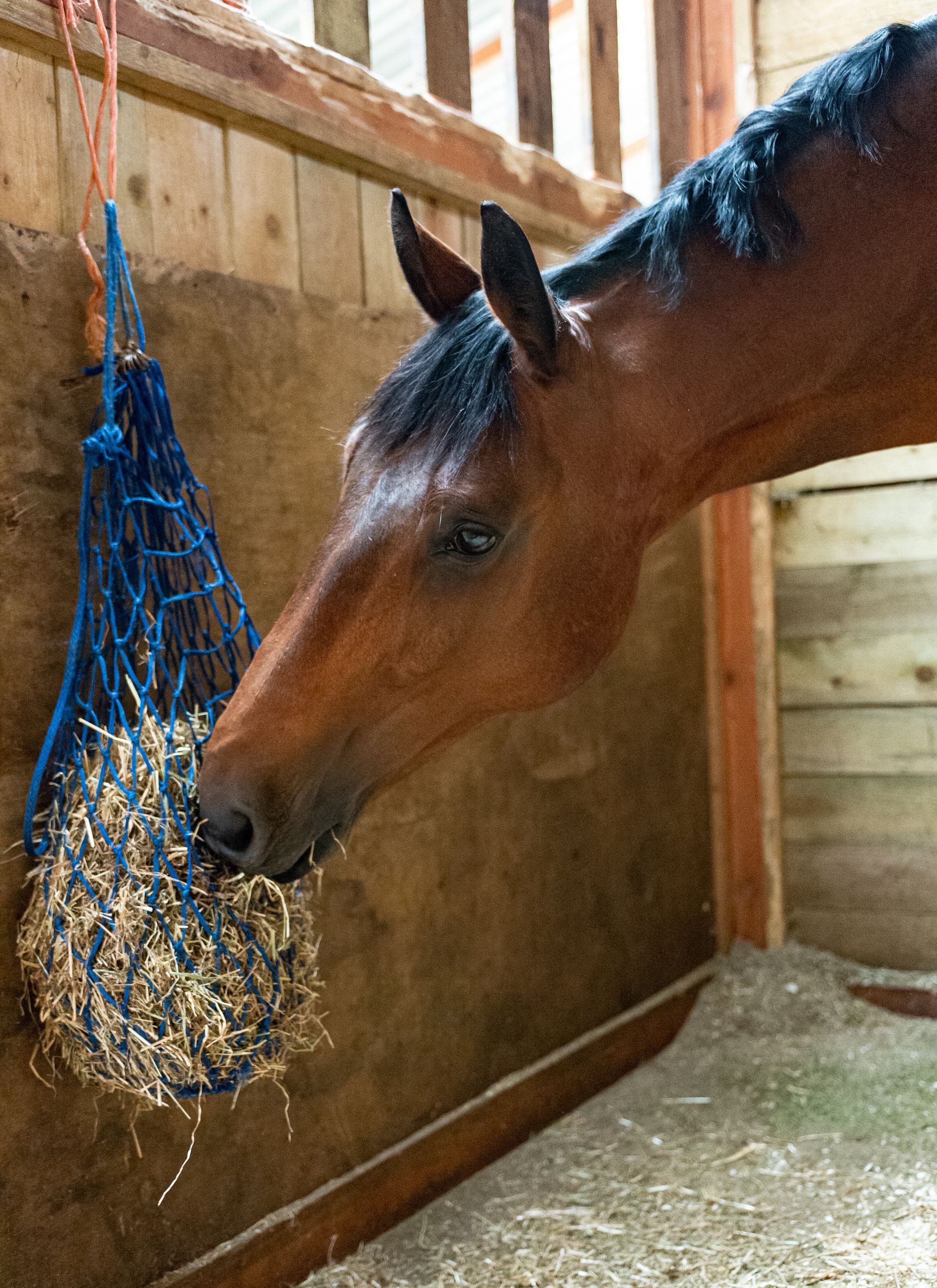
Now let's talk about feeding
Horses are natural trickle feeders evolved to be almost constantly eating fibre to support healthy digestive function. For this reason, it is important that horses are given the opportunity to trickle feed at least 1.5-2% of their body weight in forage per day regardless of the time of year and are certainly not to be starved to support weight loss. Of course, feeding ab lib forage is ideal but not suitable for every horse.
For horses prone to laminitis and/or weight gain there are certain management options that could be considered to help monitor their daily intake of spring grass. Strip grazing, using a grazing muzzle, track turnout systems, and limiting turnout are all ways of helping to manage these horses on grass.
For those combining stable access or with less turnout; offering small portions of forage split throughout the day and using techniques such as soaking hay to reduce sugars, feeding in a small holed haynet, or via a steady feeder system, are ways to encourage natural trickle feeding behaviour whilst simultaneously ensuring adequate forage intake and reducing calories. From a bucket feed perspective, the overall diet and exercise plan need to be taken into consideration, including forage intake, when choosing an appropriate feed.
Using a balancer, such as D&H Ultimate Balancer or Go Lite Balancer, provides a way of ensuring a horse’s daily requirements of vitamins and minerals are being delivered in a low intake, low calorie format. With a range of balancers available these products can be a convenient way of providing a balanced feed but also incorporating support supplements.
With a feeding rate of only 100g/100kg body weight per day they provide low levels of starch and sugar as fed, making then ideal for a range of horses including those prone to laminitis. A balancer is a beneficial feed all year-round that can be fed on its own or built upon with additional energy from fibres, oil or other feed components to suit each individual horse and their requirements.
For more information on Dodson & Horrell’s range of horse feeds visit
www.dodsonandhorrell.com
Read more:
